European colonial powers were deeply concerned about the most efficacious ways to convert African populations to Christianity, which was seen as a necessary adjunct to the process of colonization. One method of proselytizing, by the White Fathers missionaries , is described in rather lurid detail by Jane Moir.
Mrs. Moir and her husband traveled from Scotland to Africa where he was manager of the African Lakes Company in the Shire highlands south of Lake Nyasa (in south-central Africa). Shortly thereafter they made a sailing trip up Lake Tanganyika to the Arab settlement of Ujiji – which is just south of us on the east bank of the Lake.

White Fathers with local leaders, c. 1905
The White Fathers, so-called because of their white robes, were (and continue to be) a strong presence in the central African region. Though, the following method of conversion is no longer practiced.
These White Fathers are dressed in long white (when clean) flannel, white and black rosaries, and great big helmets, and are very nice men. When they are sent here they come for life; they leave only when they die!
Their plan of operations is, to buy from Arabs, Chiefs, parents or relatives, several hundred small boys and girls, from three to five years old. These children live in houses round the court of the monastery or fort, and gradually grow up. Every child is taught to work, and each hoes its little bit of garden, and they are brought up strictly as Roman Catholics.
I forgot to say, the Fathers plant their stations in districts where there are no villages, but lots of ground for cultivating. As these children grow, the big boys are sent to live n a village by themselves near the Convent, and the big girls ditto. Then when a boy wants to marry he gets a girl, and they live together in another village further off, and are pure Roman Catholics, knowing no other religion or superstition.
Mission girls, Burundi. c. 1910
As each person cultivates his garden, the Mission is practically self supporting, and the only heavy expense is the buying of children year by year.
The Priests do not teach many of them to read, but rather encourage them in industrial occupations. One Station has now one thousand churchgoers.
Two Protestant missionaries said to us, ‘Don’t be surprised if some time you find the whole shores of Tanganyika Roman Catholic.’ [Diana: And so it has come to pass…].
The weak point is the buying of the children, as it encourages slavery; but, otherwise, it seems to me, they show great wisdom, and their natives turn out satisfactory.
…There is no comparison between the progress they have made and that of the London Missionary Society Mission on the Lake, who so far, have little hold of people, though they work bravely…
Buhonga mission school 1904
This letter is part of a series of letters written by British women during the colonial period that are published in Women Writing Home, 1720 – 1920. Several letters, including the one above, are available for PDF download here.
I will have more to say about the colonial experience, and its impact on future events in our region, including recent decades of war and unrest, in future posts.



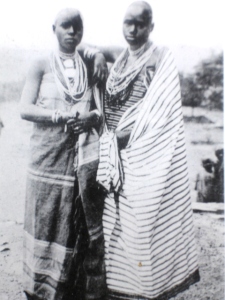
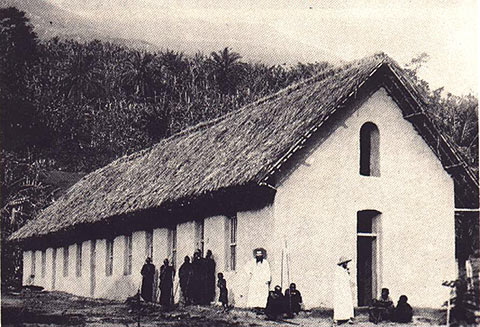



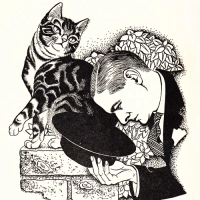

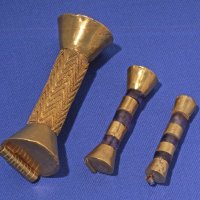



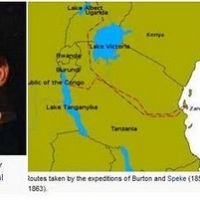















the answer given is not satisfactory…i am looking information on how the missionaries in central Africa influenced the writing of central African history. Please send that information to me.
LikeLike
The answer given is not satisfactory…I wanted information on the missionaries in central Africa and how they influenced the writing African history. Please send that information to me.
LikeLike
i want to know the major work of white fathers in central africa.
LikeLike
I can’t get the detailed points i wanted. What i want is the detailed explaination about the purpose of Europian Christian Missionaries into Central Africa, please send me that information.
LikeLike
I cant understand very well ur explanation.What i want is the detailed explanation on the purposes of Europian christian missionaries to central africa.please send to me that information.
LikeLike
This site helps people know of the past, especially in Africa. Every person has a history and it is that history that makes a good built future for someone
LikeLike
Pingback: Inventing Ethnicity; Imagining Agriculture: The ‘Tribes’ of Ham and the ‘Primitive’ Crops of Africa « Dianabuja's Blog
Well, they certainly had that all thought out, didn’t they! :O Reminds me of the song “nowhere to run to, nowhere to hide”. . .
LikeLike
it’s difficult to believe that i live probably an hour or two away by air (if there was a direct link from my island, which of course there isnt) from the place you are describing…
LikeLike